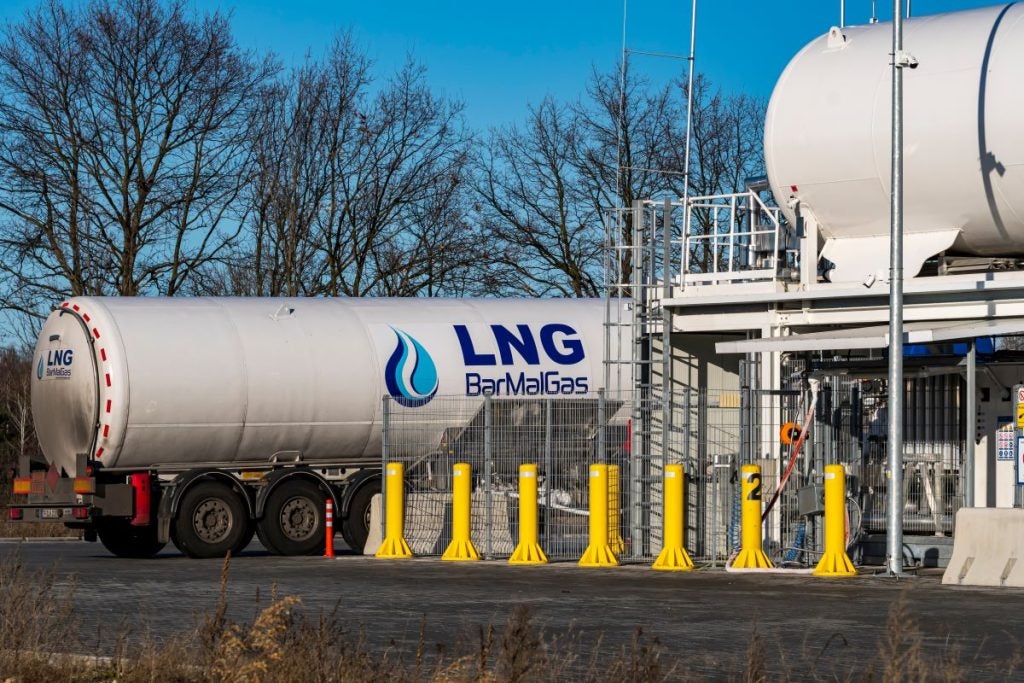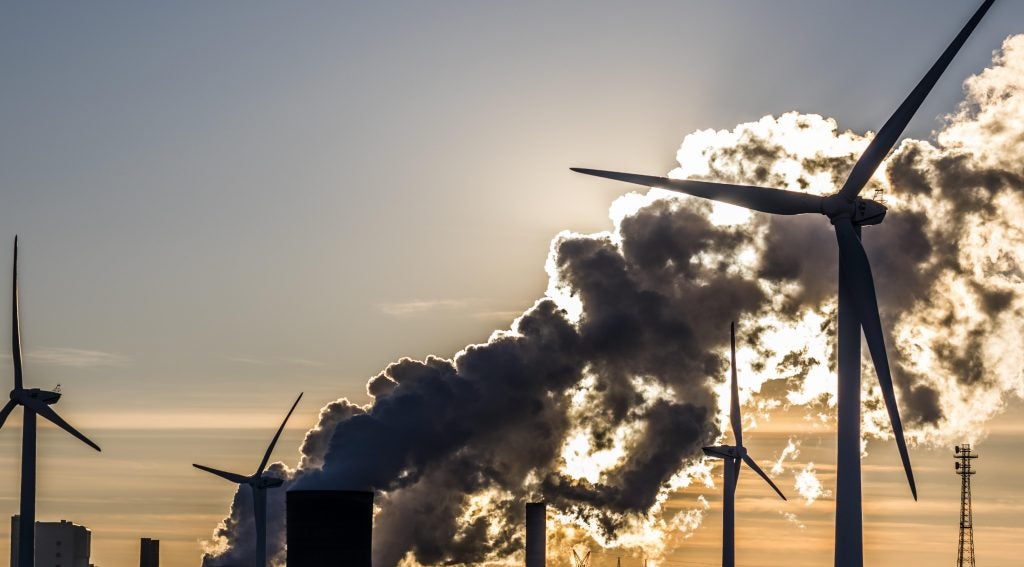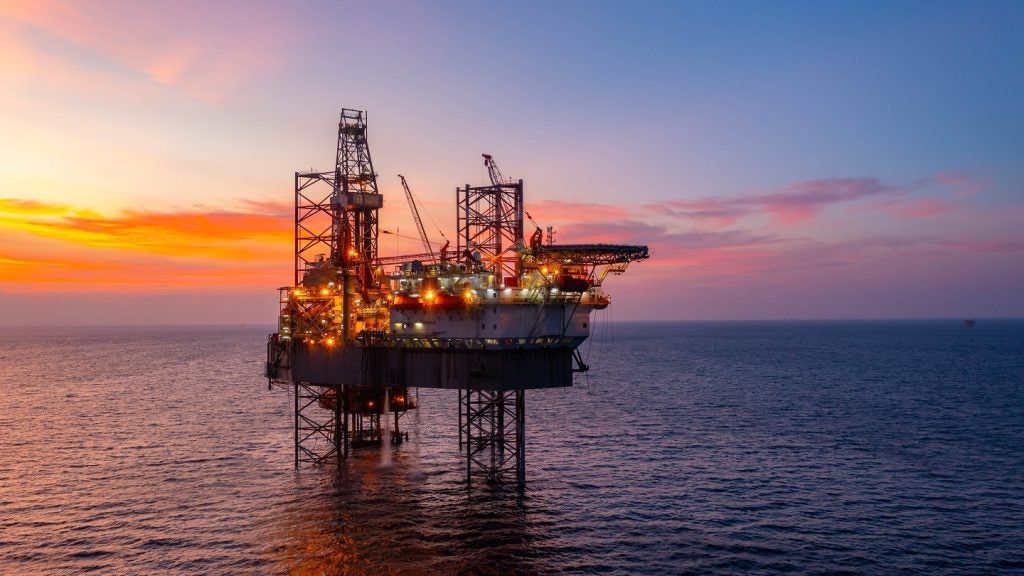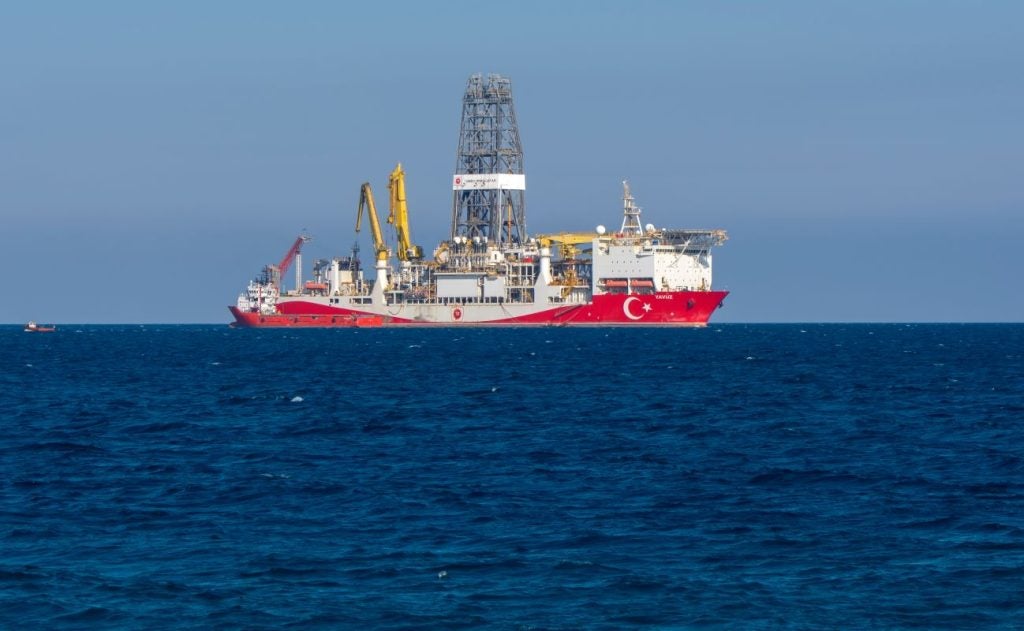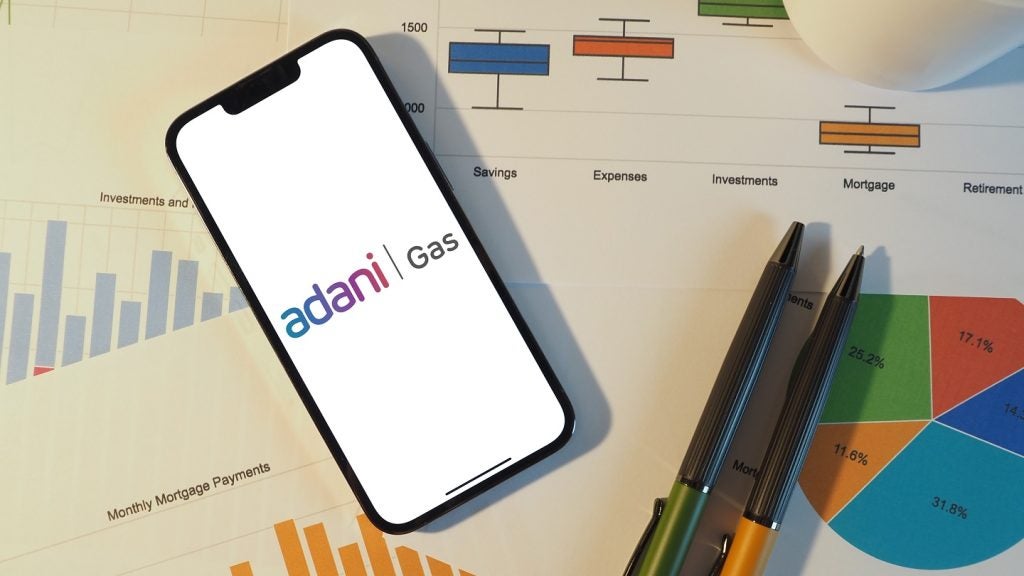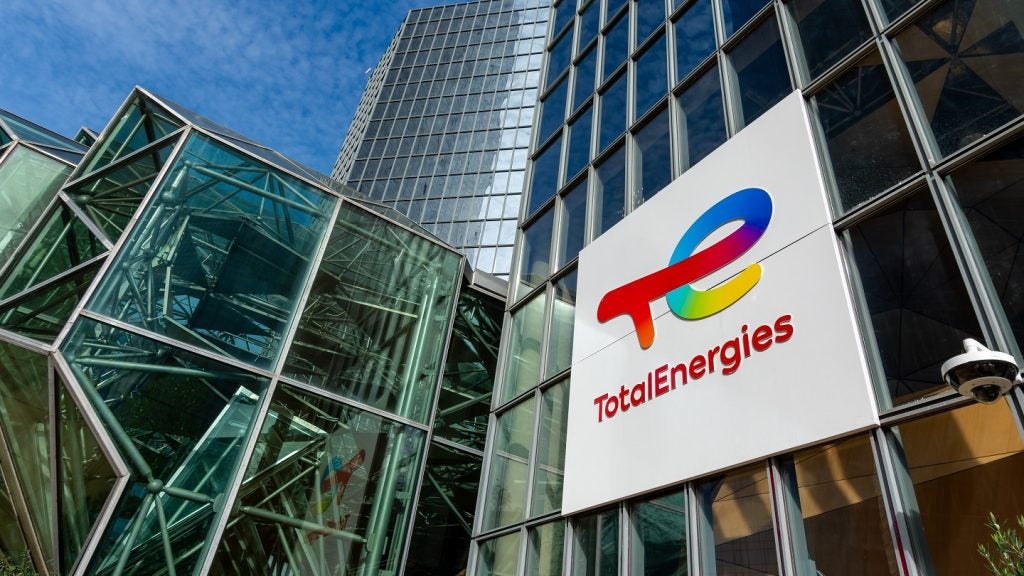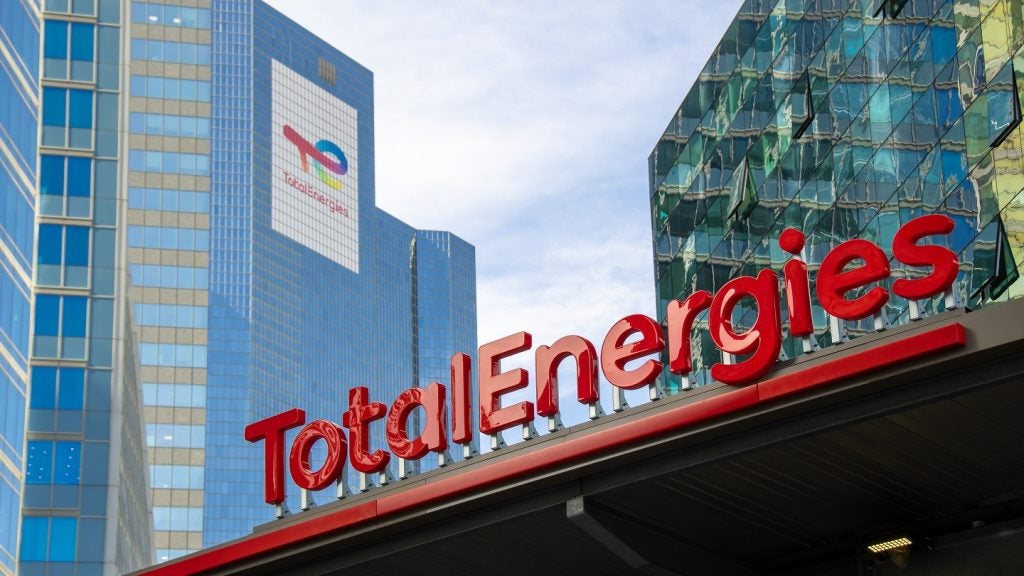Uniper has asserted that Germany must promptly begin awarding tenders for new natural gas capacity to replace coal plants as it will help the nation achieve its goal of phasing out coal in power generation by the end of the decade.
Earlier this year, Germany offered tenders for 10GW of new natural gas-fired capacity from power plants that could be converted to hydrogen in the 2030s.
This is part of the country's strategy to ensure a stable electricity supply as wind and solar power generation and installations increase.
Following the closure of all its remaining nuclear power plants last year, Germany aims to balance the generation and transmission systems with new gas power plants. Its Economy Ministry has specified that these plants must be prepared for conversion to hydrogen between 2035 and 2040.
Additionally, Germany has advanced the coal phase-out to 2030, ahead of the previously planned date of 2038. However, the country reactivated some dormant coal-fired power plants in the past two winters after the supply of Russian natural gas to Germany was interrupted.
Uniper, which still operates several coal-fired power plants in Germany, cannot close them because it requires gas-fired capacity to replace them, the company's CEO, Michael Lewis, told the media at the Gastech conference.
Lewis said: “We want to close coal as quickly as possible. We want to build new gas plants, and we want to build the lowest cost plants we can that can then be subsequently converted to hydrogen.”
He added that the the “sooner we get the auction process next year, the sooner we can start building those plants”.
Meanwhile, Germany’s Finance Ministry announced on Thursday that the government is exploring various strategies to divest from Uniper, a company it rescued during the energy crisis resulting from Russia's invasion of Ukraine.
According to US media outlets, the minstry said that as yet “no final decision has been made regarding the timing and form of a potential transaction”.
The ministry added that it had concluded that “sale via the capital market is the key option for Germany to re-privatise Uniper. In addition, Germany is also considering off-market sale options depending on their validity.”
Uniper has agreed with the ministry's approach.


